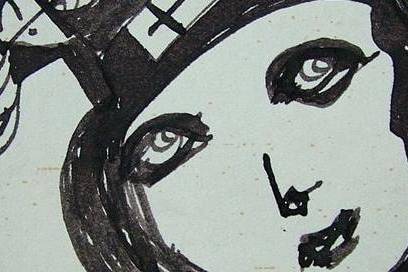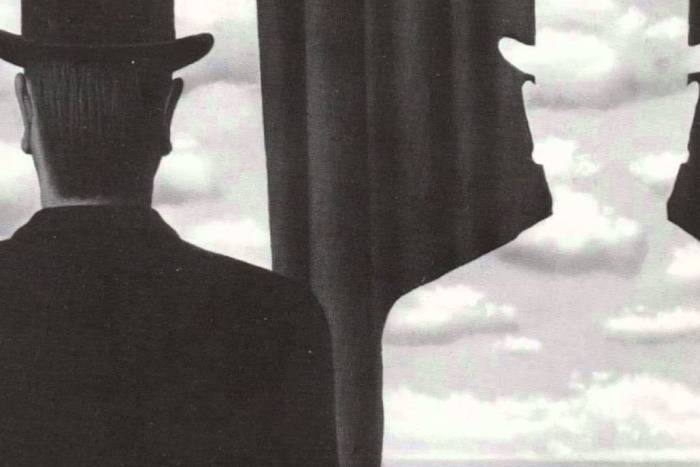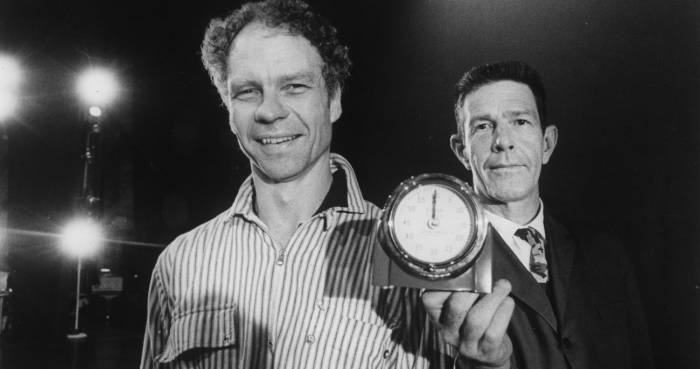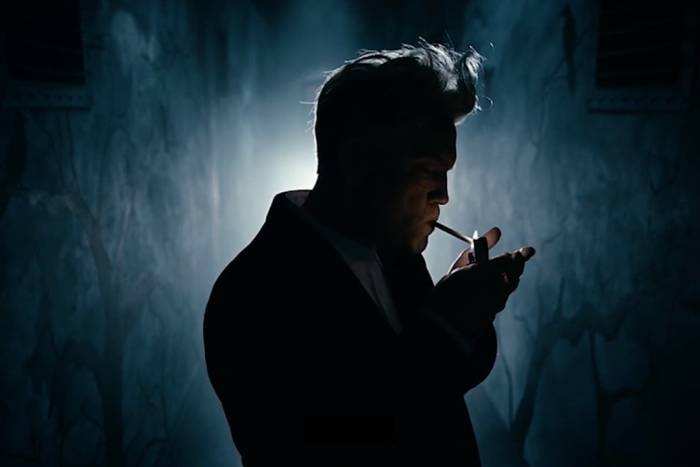Digital Revolution: A Historical Exhibition About Art and Technology
Relevant works in the fields of code, 3D printing, augmented reality, artificial intelligence and technologic fashion are on display in this showing.
As film would do at the beginning of the 20th century, over the last decades, the digital revolution has significantly affected the arts and the entertainment industry. Thanks to the development of computers, cameras, synths and other technological devices, the artistic field now enjoys new horizons, which until recently had been inaccessible, and are beginning to be taken advantage of with maturity.
The consequences of this binary revolution can go by unnoticed, mainly for young generations that grew up with these technologic developments and thus perceive them as if they had always been there. This is precisely what Barbican Center, in London, is reflecting on through a memorable exhibition.
Digital Revolution is an immersive exhibition that shows commissioned works and pieces which reflect, with admirable skill, the essence of the technological revolution. The spectator interacts with cult and independent videogames and with interactive high-tech installations, sonorous and visual shows.
It opened its doors the 3rd of July and will remain open until the 14th of September. Encompassing the marvels of code and 3D printing, augmented reality and artificial intelligence, web art and technology applied in fashion, the exhibition will feature corporations such as Google, as well as independent artists, programmers and musical groups that bear the technological banner in every single one of their creations.
The curatorship and montage of the event is organized as follows: Digital Archaeology, Creative Spaces, We create, The State of Play, Sound & Vision, Our Digital Futures, Indie Games, DevArt, Comissions Umbrellium & Universal Everything, Marshmallow Laser Feast: Forest.
In the essay “Behind the Times”, Eric Hobsbawn sentenced the failure of the artistic vanguards before cinema. The machine and its effects to the dynamics of life displaced the masses from exhibitions rooms to projection theatres.
Then Hobsbawm reflected on how a futurist painting by Balla is silenced in the presence of film. But, unlike the events of the past, nowadays there seems to be no friction between technology and what is considered art —in the midst of the digital revolution, a futurist painting by Balla can be rendered, animated or reproduced in full HD. The digital revolution includes all.
Related Articles
Pictorial spiritism (a woman's drawings guided by a spirit)
There are numerous examples in the history of self-taught artists which suggest an interrogation of that which we take for granted within the universe of art. Such was the case with figures like
Astounding fairytale illustrations from Japan
Fairy tales tribal stories— are more than childish tales. Such fictions, the characters of which inhabit our earliest memories, aren’t just literary works with an aesthetic and pleasant purpose. They
A cinematic poem and an ode to water: its rhythms, shapes and textures
Here lies One Whose Name was writ in Water. - John Keats Without water the equation of life, at least life as we know it, would be impossible. A growing hypothesis holds that water, including the
Watch beauty unfold through science in this "ode to a flower" (video)
The study of the microscopic is one of the richest, most aesthetic methods of understanding the world. Lucky is the scientist who, upon seeing something beautiful, is able to see all of the tiny
To invent those we love or to see them as they are? Love in two of the movies' favorite scenes
So much has been said already, of “love” that it’s difficult to add anything, much less something new. It’s possible, though, perhaps because even if you try to pass through the sieve of all our
This app allows you to find and preserve ancient typographies
Most people, even those who are far removed from the world of design, are familiar with some type of typography and its ability to transform any text, help out dyslexics or stretch an eight page paper
The secrets of the mind-body connection
For decades medical research has recognized the existence of the placebo effect — in which the assumption that a medication will help produces actual physical improvements. In addition to this, a
The sea as infinite laboratory
Much of our thinking on the shape of the world and the universe derives from the way scientists and artists have approached these topics over time. Our fascination with the mysteries of the
Sharing and collaborating - natural movements of the creative being
We might sometimes think that artistic or creative activity is, in essence, individualistic. The Genesis of Judeo-Christian tradition portrays a God whose decision to create the world is as vehement
John Malkovich becomes David Lynch (and other characters)
John Malkovich and David Lynch are, respectively, the actor and film director who’ve implicitly or explicitly addressed the issues of identity and its porous barriers through numerous projects. Now










